Rally racing is a thrilling motorsport that combines speed, skill, and endurance across challenging terrains. Unlike traditional circuit racing, rally racing takes place on closed public and private roads, often through forests, deserts, and mountainous regions. Rally racing intricately involves various elements that engage both newcomers and seasoned fans alike.
The Basics of Rally Racing
Definition and History

Rally racing originated in the early 20th century, with events like the Monte Carlo Rally beginning in 1911. It has evolved significantly over the years, transitioning from a test of endurance and navigation to a high-speed motorsport spectacle. What sets rally racing apart from other motorsports is its diverse range of terrains and the unique challenge of racing against the clock rather than directly against other cars.
Unlike circuit racing, where competitors race on a set track, rally racing occurs on a series of stages. Each stage presents its own set of challenges, requiring drivers and their teams to adapt quickly to different conditions. This adaptability is one of the defining characteristics of the sport.
The Structure of a Rally Event

A rally event typically consists of several stages, which include both special stages and liaison sections. Special stages are the competitive portions where drivers race against the clock on various terrains. In contrast, liaison sections are non-competitive segments that drivers use to travel from one special stage to the next.
The timing system in rally racing is crucial, as the winner is determined by the cumulative time taken to complete all special stages. The driver with the lowest total time at the end of the rally is declared the winner. This requires not only speed but also consistency and strategic planning throughout the event.
The Cars and Teams
Rally Car Specifications
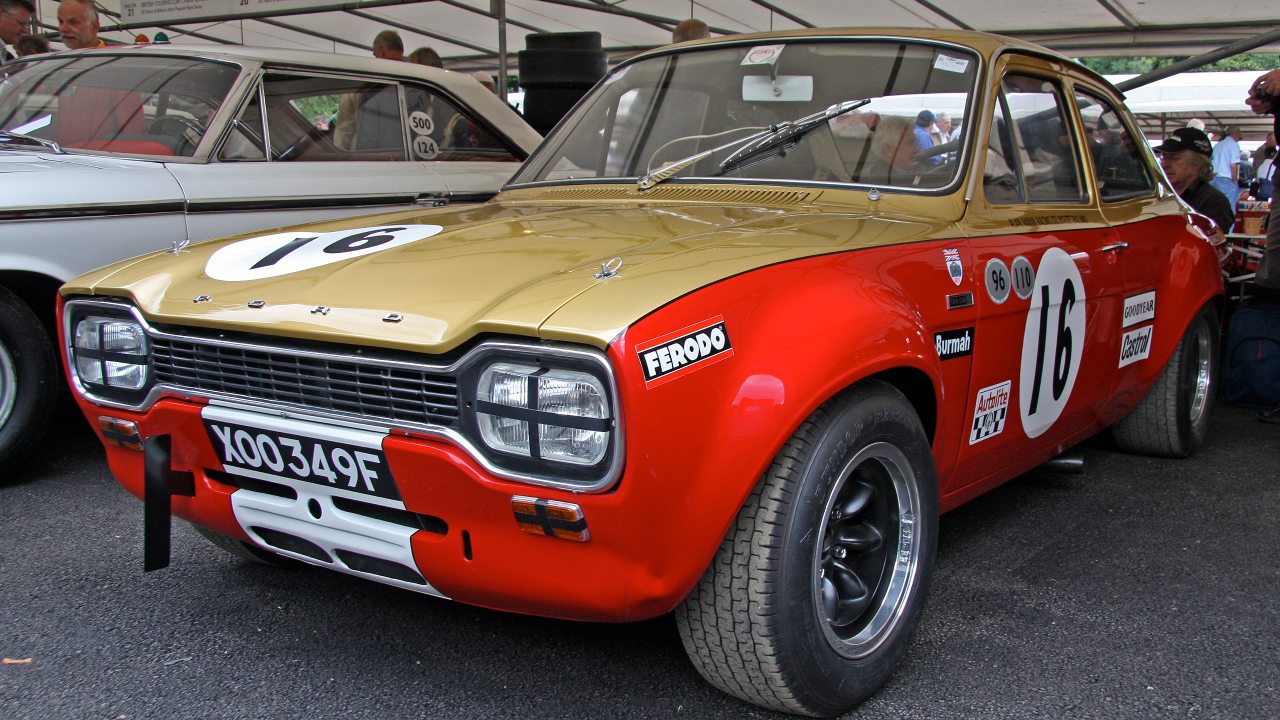
Rally cars are specially modified to handle the rigors of various terrains. They range from production-based vehicles to custom-built machines, each tailored to meet the demands of specific rally competitions. These cars are categorized into different classes, such as Group A and Group N, based on their modifications and performance capabilities.
Modifications often include enhanced suspension systems, reinforced chassis, and powerful engines. For instance, the Subaru Impreza WRX and the Ford Fiesta RS have become iconic names in rally racing due to their impressive engineering and performance on tough rally stages.
The Role of the Team
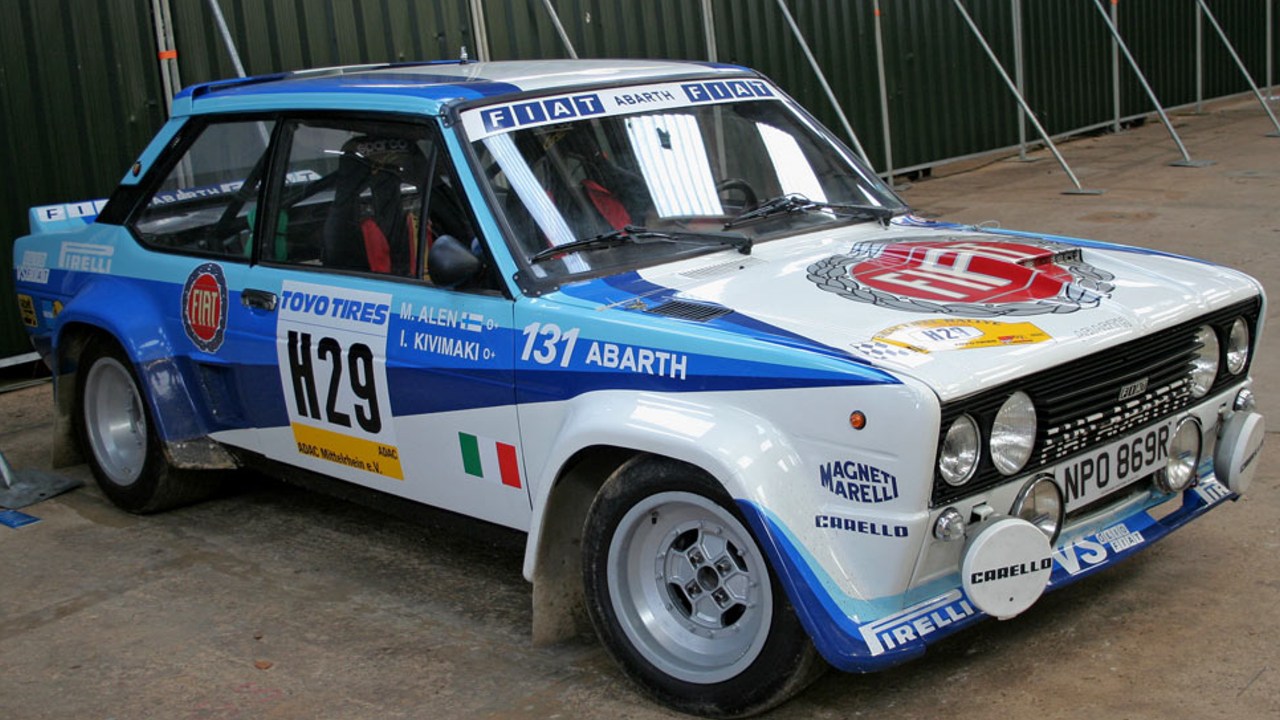
The success of a rally team hinges on the dynamic partnership between the driver and the co-driver. The driver focuses on navigating the course as quickly as possible, while the co-driver provides essential information through pace notes. This symbiotic relationship is crucial for maintaining speed and safety.
Behind the scenes, support teams play a vital role in rally racing. Mechanics, strategists, and logistics experts work tirelessly to ensure the cars are in peak condition for each stage. Their expertise and quick problem-solving abilities can make a significant difference in the overall performance of the team.
The Rules and Regulations
Safety Protocols
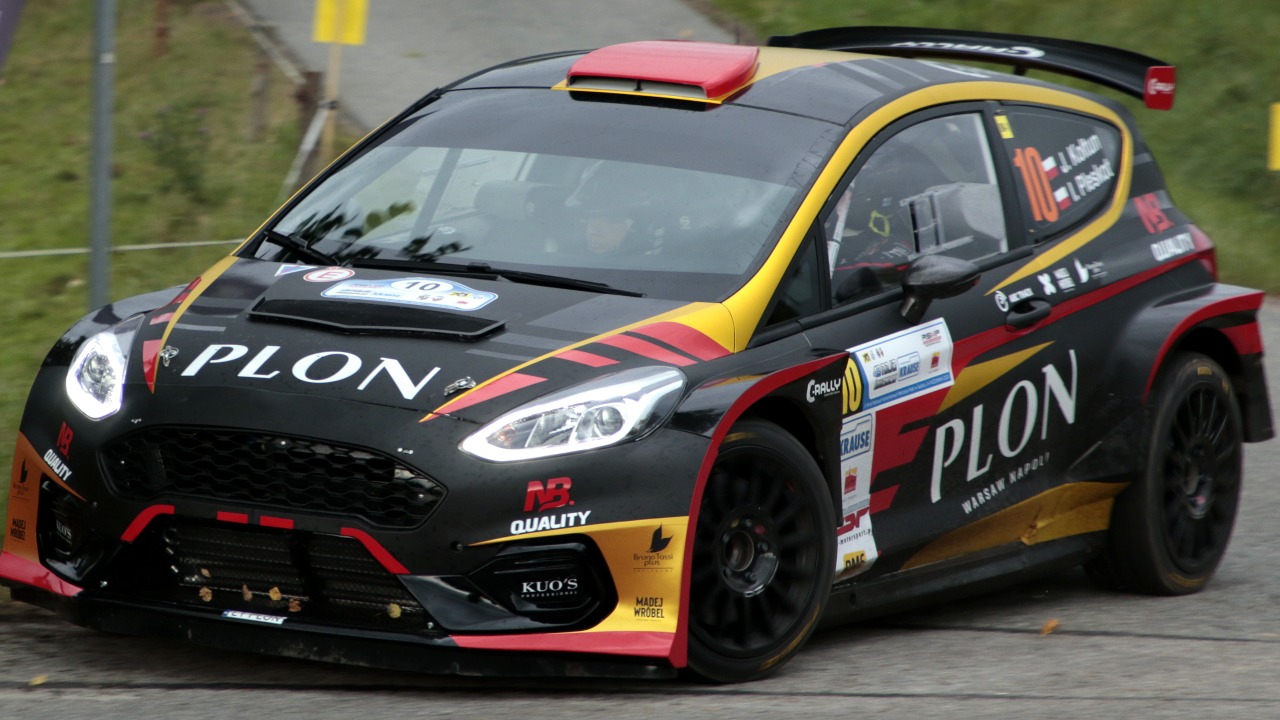
Safety is paramount in rally racing, with stringent protocols in place to protect drivers, co-drivers, and spectators. Drivers and co-drivers are required to wear specialized gear, such as flame-retardant suits and helmets, to minimize the risk of injury. Vehicles must also be equipped with safety features like roll cages and fire suppression systems.
Spectators are advised to watch from designated areas to ensure their safety during the event. Rally organizers and marshals work diligently to maintain a secure environment for everyone involved.
Governing Bodies and Competitions
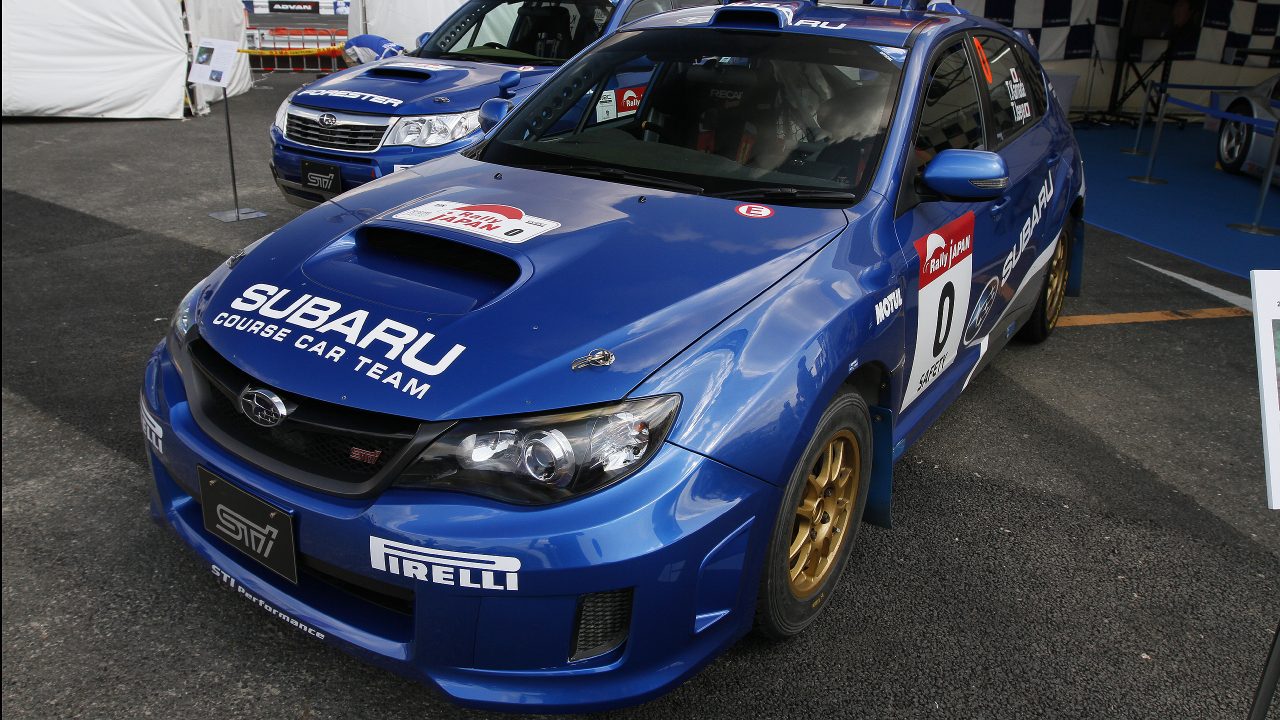
The World Rally Championship (WRC) is one of the most prestigious events in rally racing, attracting top teams and drivers from around the globe. Sanctioned by the Fédération Internationale de l’Automobile (FIA), the WRC consists of a series of rallies held in different countries, each presenting unique challenges.
In addition to the WRC, there are numerous regional and national rally competitions. These events provide opportunities for emerging talents to showcase their skills and gain experience in the sport.
Rally Racing Strategy
Navigation and Pace Notes
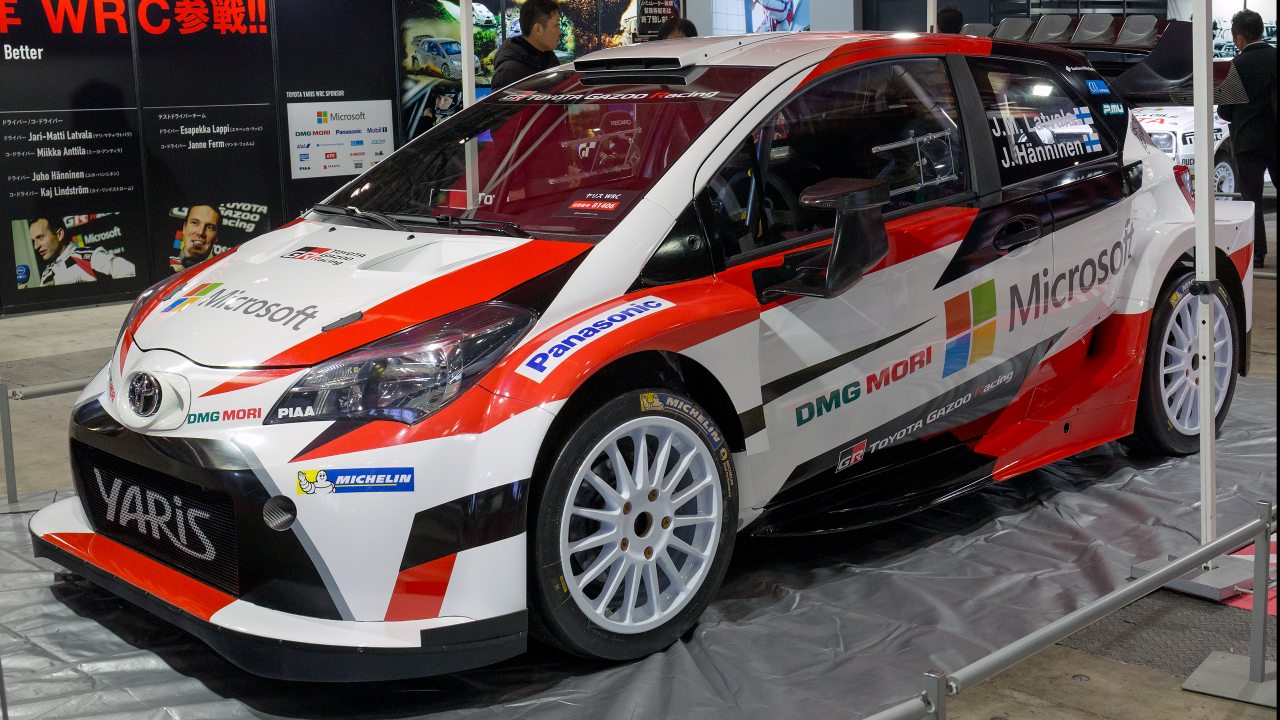
Pace notes are a critical component of rally racing, providing detailed descriptions of the course that the co-driver uses to guide the driver. These notes are meticulously prepared before the event, often during reconnaissance runs, and include information about corners, surface conditions, and potential hazards.
Effective communication between the driver and co-driver is essential for navigating the course efficiently. The co-driver must relay information clearly and promptly, allowing the driver to make split-second decisions that can impact their overall performance.
Weather and Terrain Challenges
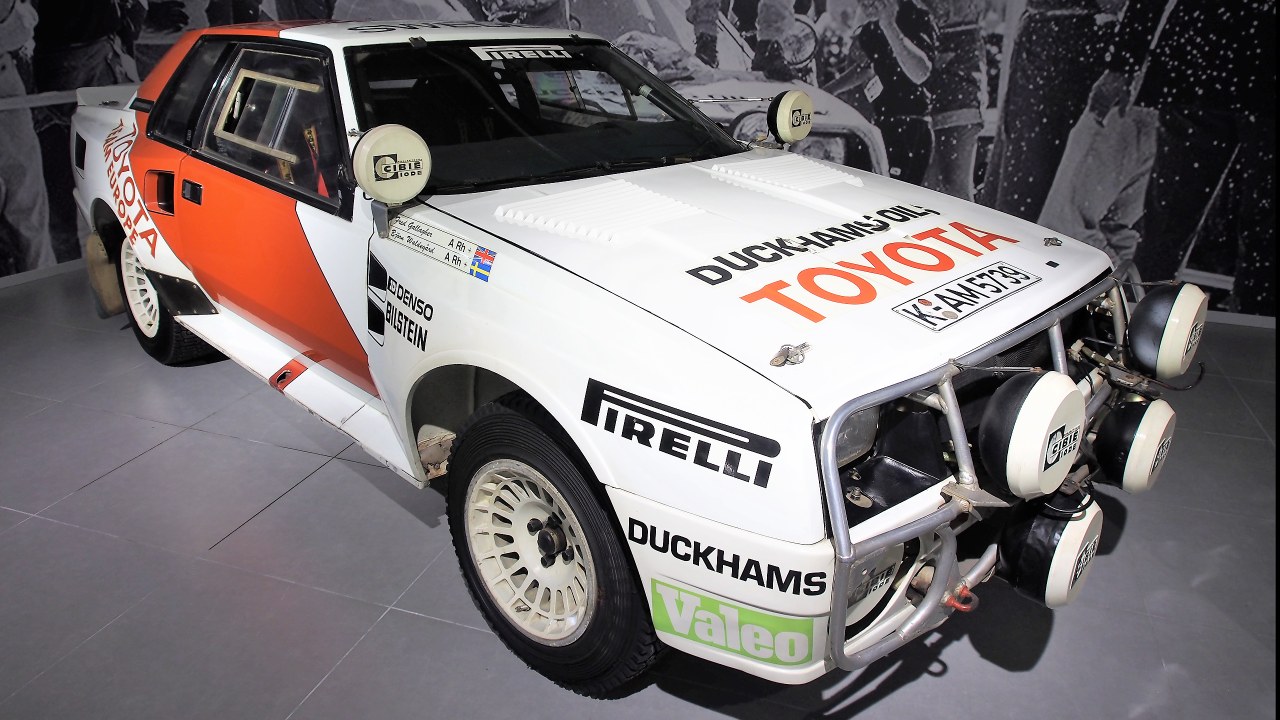
Rally racing takes place in diverse environments, from the icy roads of Sweden to the dusty tracks of Australia. Each terrain presents its own set of challenges that require careful consideration in terms of vehicle setup and driving strategy.
Weather conditions can also play a significant role in rally racing. Rain, snow, and extreme temperatures can drastically affect grip levels and visibility, forcing teams to adapt quickly. Drivers employ various techniques, such as adjusting tire pressures and altering driving styles, to cope with these variables.
The Culture and Community of Rally Racing
Fan Engagement and Participation
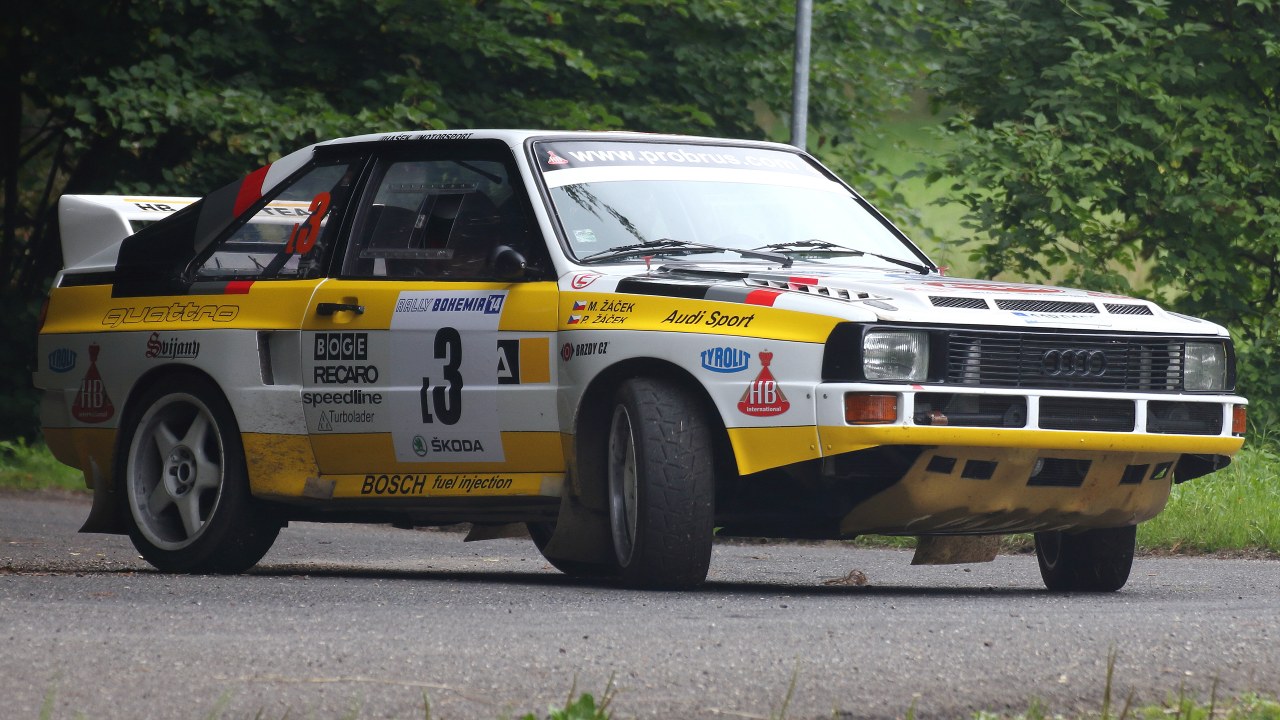
Rally racing has a passionate fan base that actively engages with the sport. Fans can participate by attending events, volunteering, or even taking part in amateur rallies. The community is known for its camaraderie and shared enthusiasm for the sport, creating a welcoming atmosphere for newcomers.
Cultural events, such as car shows and meetups, are common in the rally world, allowing fans to connect with each other and celebrate their love for the sport.
The Global Impact of Rally Racing
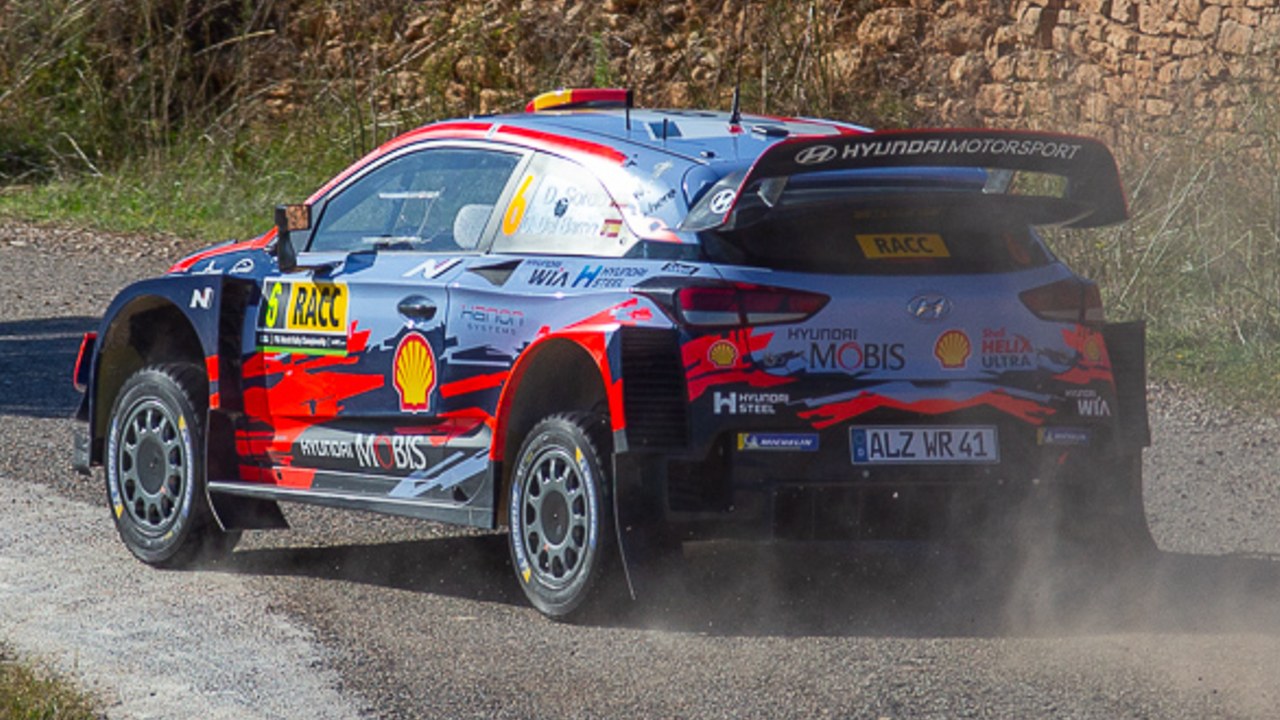
Rally racing has a significant impact on the automotive industry, driving advancements in technology and engineering. Innovations developed for rally cars often trickle down to consumer vehicles, improving safety and performance standards.
Environmental considerations are increasingly important in modern rally racing, with efforts being made to reduce the ecological footprint of events. Organizers are exploring sustainable practices, such as using biofuels and promoting eco-friendly transportation options for teams and spectators. The sport’s commitment to sustainability ensures that rally racing continues to thrive in a responsible manner.
Like Fast Lane Only’s content? Be sure to follow us.
Here’s more from us:
*Created with AI assistance and editor review.

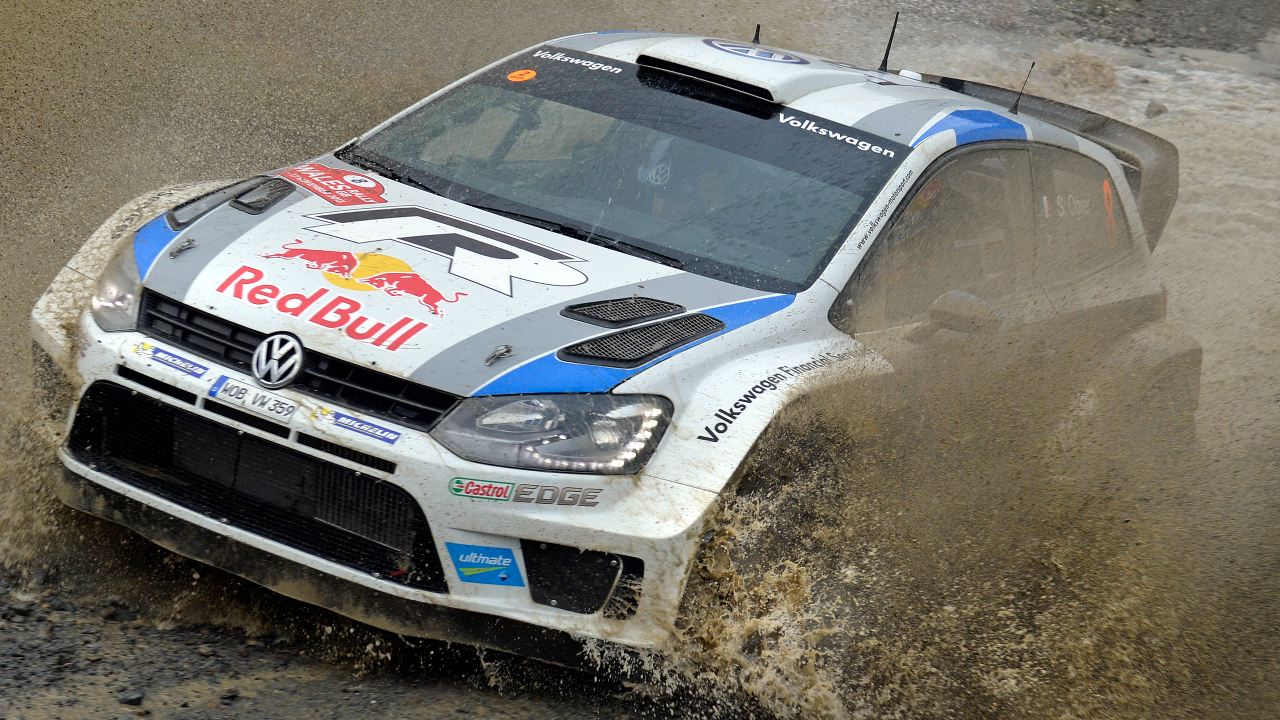
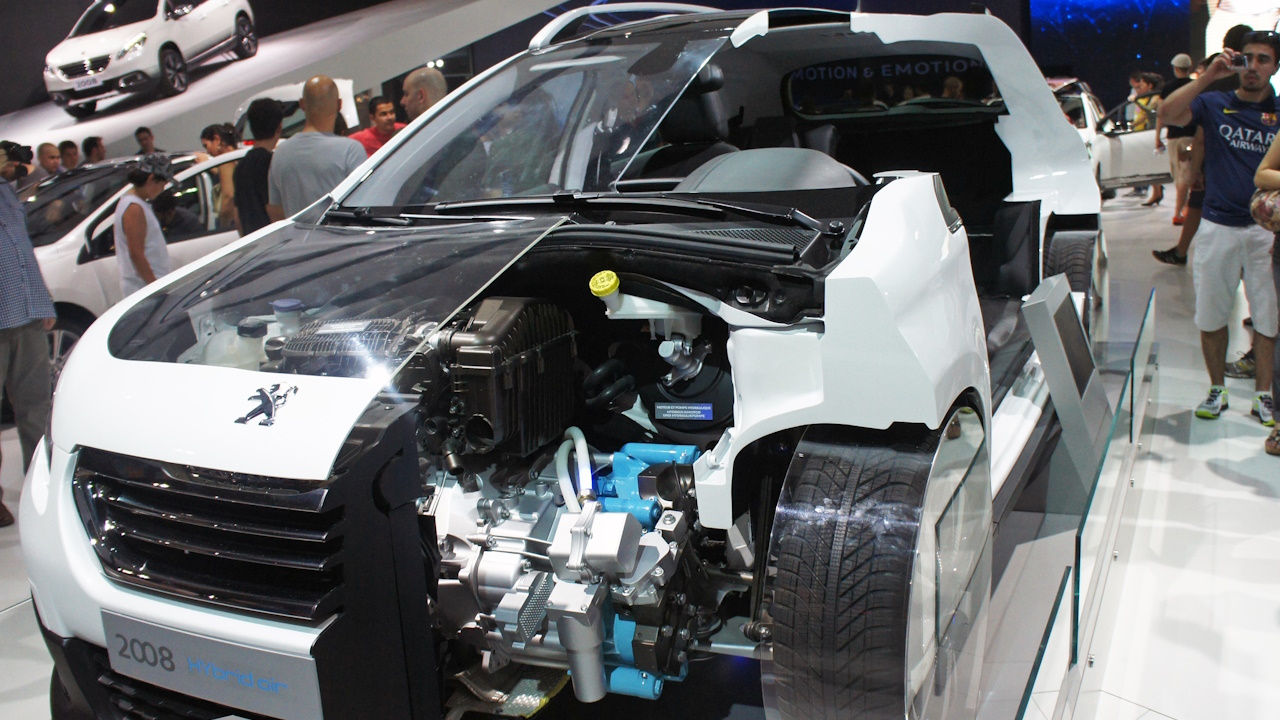



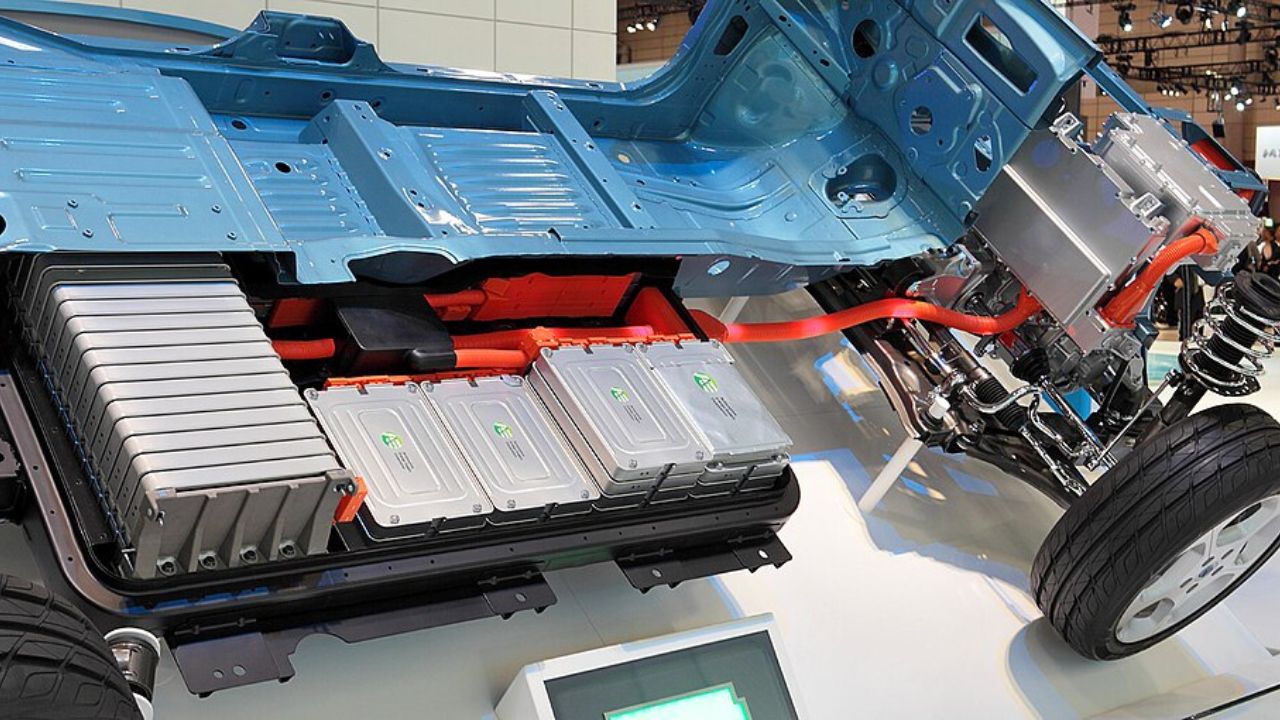
Leave a Reply